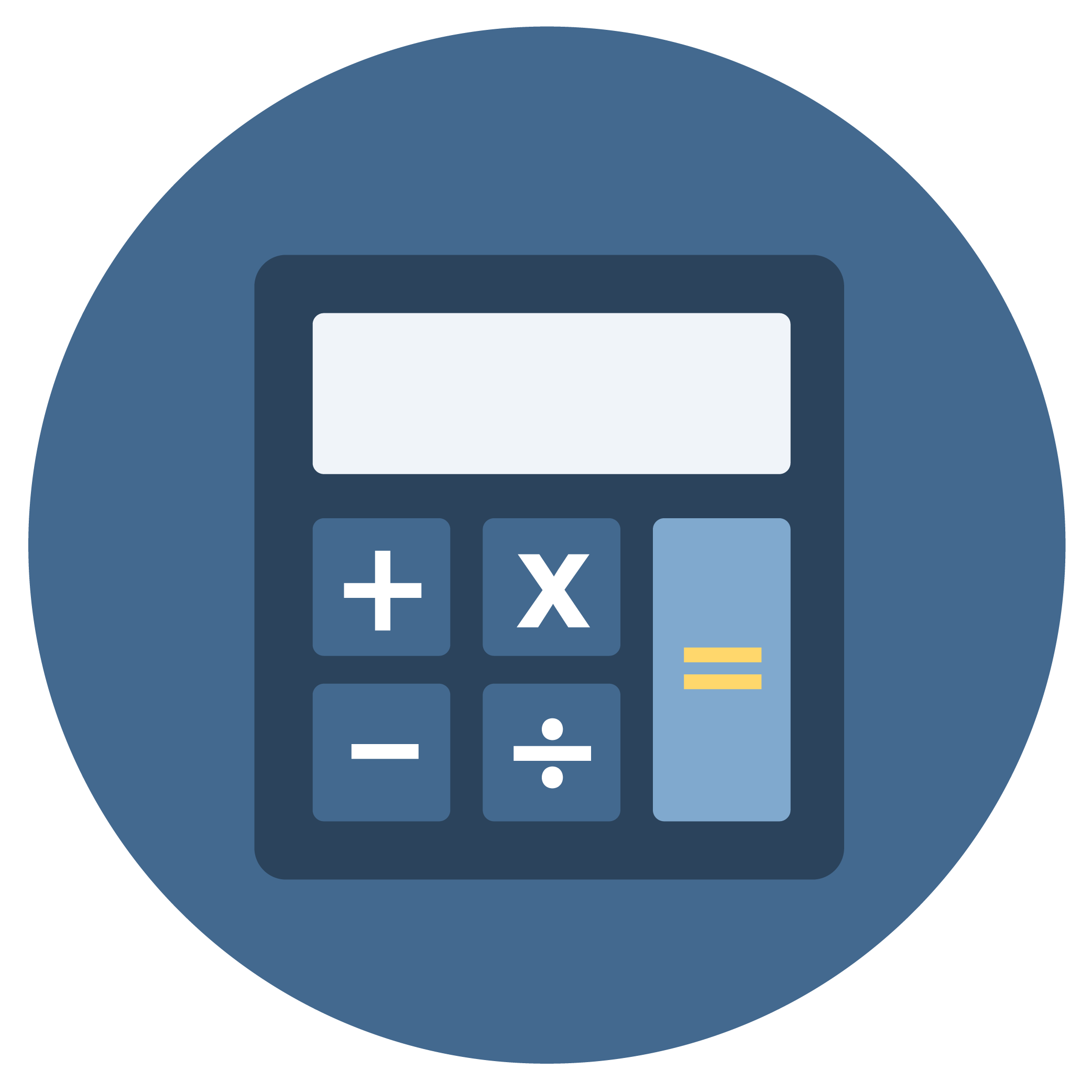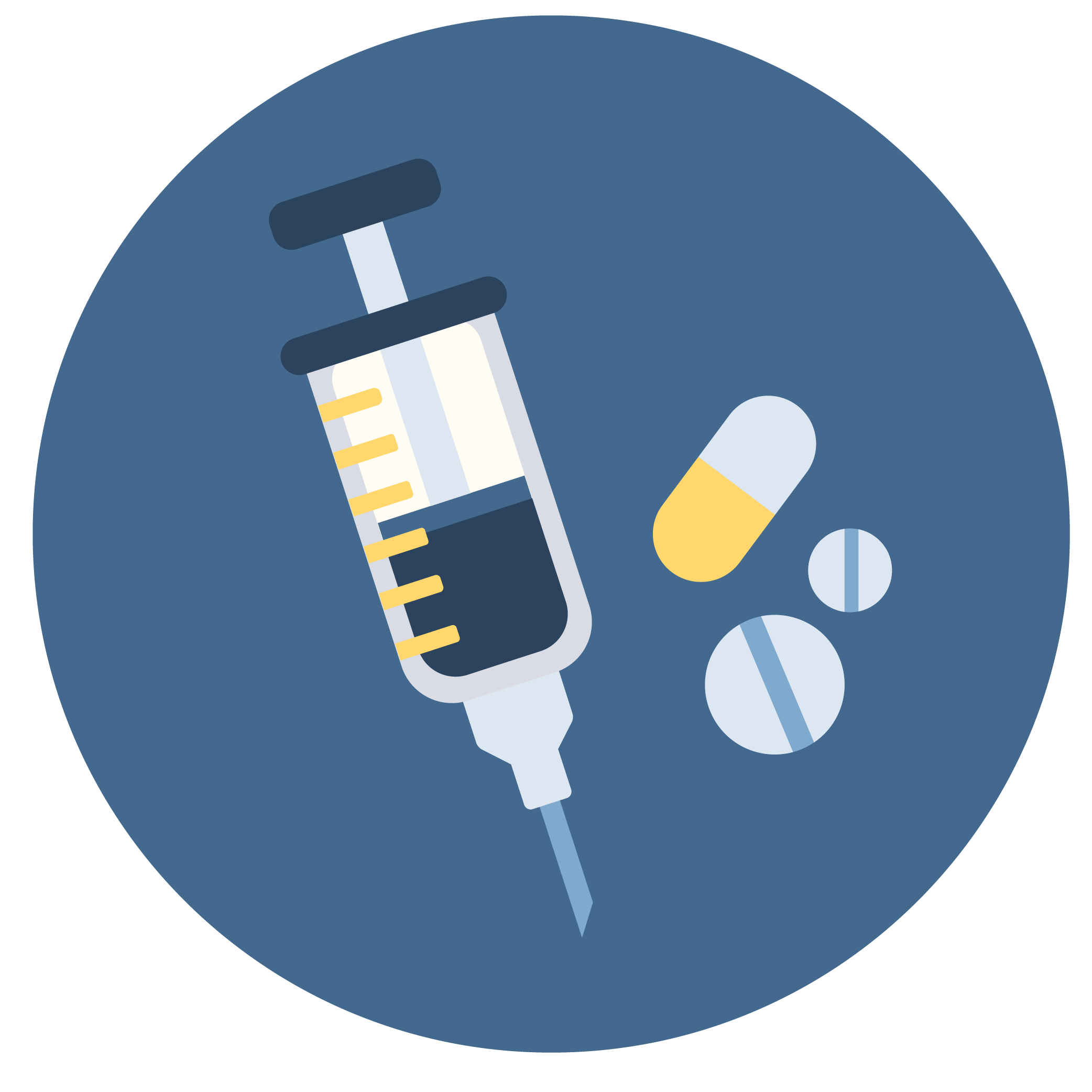Counting dangerous waste

Counting means you know the weight of your dangerous waste. This can include wastes that you:
- Generate.
- Accumulate.
- Dispose of, treat, or recycle.
- Ship off-site on a manifest.
Read our Counting Dangerous Waste publication for detailed guidance.
Health care facilities and pharmaceuticals
Health care facilities must count both pharmaceuticals and non-pharmaceutical waste.
Why count dangerous waste?
The type and amount of waste you generate each month determines your generator category. Your generator category determines which rules apply to your business. It is also needed to fill out your:
- Dangerous Waste Report.
- Pollution Prevention Plan (if required).
When do you count dangerous waste?
Dangerous waste is counted when it’s generated, before accumulation in your central accumulation area (CAA) or satellite accumulation area (SAA).
How do you count dangerous waste?
There are three ways to count or find the weight of your waste:
Tips for counting
- Count your dangerous waste each month.
- The highest amount you generate (or accumulate) in any month is what determines your generator category.
- Do not average multiple months over time.
Read our Counting Dangerous Waste publication for more detailed information.
What not to count
Related links
Contact information
Need help?
Contact a dangerous waste inspector in your region.


